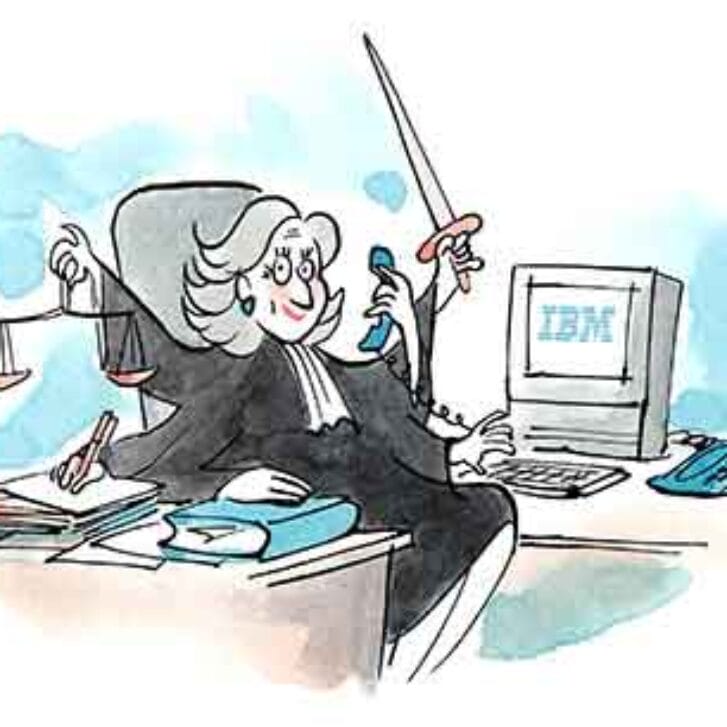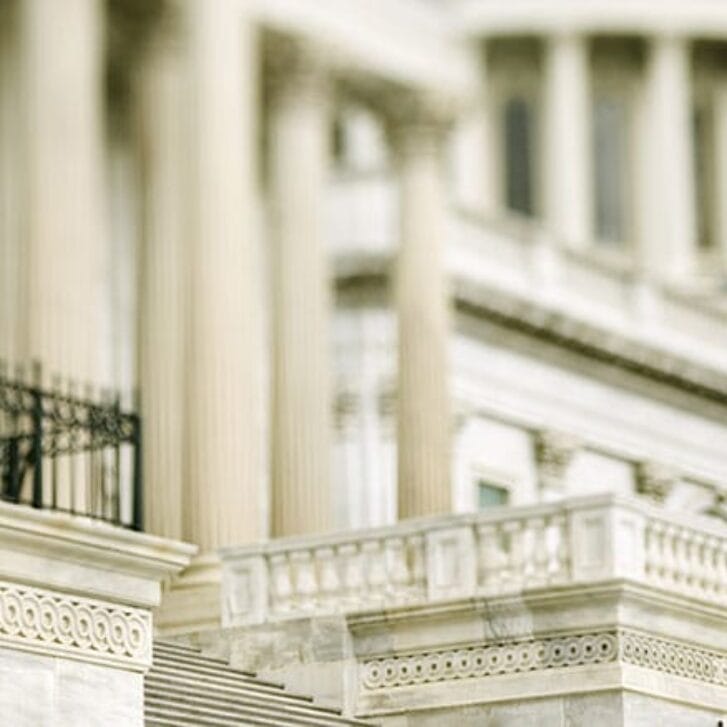Recent months have seen a flood of stories about drug prices, from Martin Shkreli’s dramatic price hikes on generic drugs to Sovaldi’s eye-watering introductory price. But woven within these stories are different storylines, each with its own set of complications and policy solutions. Here we present five distinct drug pricing storylines.
Storyline 1: New, highly effective drugs that are extraordinarily expensive
Example: Sovaldi (Hepatitis C treatment)
Economics of the problem: Sovaldi (sofosbuvir) was released in December 2013 at the cost of $1,000 per pill, or $84,000 for a course of treatment. This is a shocking price, and scrutiny was entirely justified. But by conventional standards, even at that price, the drug is cost effective because it cures a disease that has severe health consequences and poor existing treatments.
Researchers often use a cost-effectiveness ratio (CER), defined as costs divided by benefits, to analyze the efficiency of various treatments. To properly judge a new treatment, they use an incremental CER, to compare the costs and benefits of the new treatment with the next best alternative. To standardize these analyses, they measure benefits as “quality-adjusted life years” (QALYs). Think of a QALY roughly as a “year of life in full health,” or the equivalent number of years in poor health you’d be willing to trade for that year of life in full health.
Although there is no official threshold in the U.S. for our willingness to pay for a new treatment, we typically consider upper bounds of $50,000-$200,000 per additional QALY to be cost-effective. One study estimated the incremental CER of Sofosbuvir as $54,000 per additional QALY, putting it firmly in the range of cost-effective treatments.
Potential solutions: In terms of the welfare of society as a whole, Sofosbuvir is a good use of resources. This is exactly the type of drug we (as a society) value and should be willing to pay large amounts of money for. The company that developed it profits from the rest of the patent life (typically 7-12 years) of very high prices, then makes very little money once the patent expires and generics rapidly enter. I (A.B.F.) once saw a bus with an ad by PhRMA (the pharmaceutical firms’ association) that said, “Today’s Profits Fund Tomorrow’s Miracles.” This is wrong, but close: The promise of tomorrow’s profits fund today’s miracles.
But immediate and drastic budget problems result from such high prices for such a prevalent disease, especially one that is not spread evenly across the population. For example, New York State prison spending on hepatitis C drugs increased more than 350% in the last two years, from $9.4 million in 2014 to a projected $44 million in 2016, and state Medicaid budgets and private insurers are similarly strained. To decrease the immediate budget impact, many payers are limiting the drug to the sickest patients. As a society, we must decide whether waiting 12 or so years for the drug to go off patent is worth it, or whether we should buy it now. That decision will affect not only this drug but investment in future drugs like it. There is a substantial moral component as well, because any delays will likely fall disproportionately on poor and vulnerable populations. Yet the point remains, the money has to come from somewhere. In a well-functioning health finance system, that money would come from reducing funding for less cost-effective (or even completely ineffective) interventions, and there are mechanisms for doing so, but these remain largely theoretical.
Further reading about Sofosbuvir and pricing, from The Incidental Economist
Storyline 2: New, not very effective drugs that are expensive
Example: Pfizer’s across-the-board price increases
Economics of the problem: This likely reflects the usual give and take of pricing and market power, compounded by the fact that patients are insulated from the full cost of the drugs (and other health care) by insurance. As economists note, this “moral hazard” means that people generally use more, and more costly, medical goods and services when insurance covers their cost than when it does not. Last year, prices for branded drugs rose nearly 15%.
Potential solutions: For not very effective drugs, the goal would be to make consumers more price conscious, and improve their ability to discriminate between drugs of great benefit and drugs of limited benefit. One way to do this is by providing consumers with more information about both total costs and benefits (value transparency). Another way is to change the prices consumers face in a way that correlates with the clinical value of the drug (for example, value-based insurance design).
Further reading on branded drug price increases
Storyline 3: Dramatic price increases for formerly inexpensive generic drugs
Example: Daraprim (anti-parasite medication used to treat toxoplasmosis)
Economics of the problem: A drug manufacturer acquired this 62-year-old drug and raised its price from $13.50 per tablet to $750 per tablet. The business strategy of acquiring old, neglected drugs and turning them into high-priced “specialty drugs” is not unique to Daraprim. The strategy works because there is too little competition for each medicine, that is, too few manufacturers make each molecular entity. The Office of the Inspector General found that from 2005-2014, 22% of the top 200 generic drugs reviewed had price increases greater than the inflation rate of brand-name drugs.
Potential solutions: Generic medicines have no patent-based barriers to entry, and in theory, higher prices and profits would prompt more manufacturers to make a given drug. In a perfect market, if we still saw only one manufacturer for many drugs, the answer would likely have to do with the fixed costs of making that compound (factories, research into how to produce it, quality control), and with actions taken by the monopolist to reduce competition, such as deterrent pricing. As prices rise, theoretically more firms should enter, but not if they can’t do so quickly enough to take advantage of the higher prices. Manufacturers face a three-year wait for the FDA to review a generic drug application. An expedited review process could encourage more market competition among generics and lower prices.
Further reading from the Office of the Inspector General
Storyline 4: Price spikes for generic drugs during shortages
Examples: Naloxone (reverses heroin or narcotic overdose), the rabies vaccine (treats an otherwise fatal disease), and digoxin Fab (reverses digitalis overdose).
Economics of the problem: A recent study in Academic Emergency Medicine documented 1,800 instances of drug shortages from 2001-2014. Of these, 321 were critical medicines used in emergency departments, and about 1 in 10 had no substitute. What’s behind these shortages, many of which are among generic drugs? The generics often have multiple manufacturers, which should lead to redundant capacity. There are a variety of proximate reasons for the shortages—for instance, production problems and too little capacity expansion—but only one underlying one, profitability. That these shortages are common and recurring points to an incentives problem: manufacturers have little incentive to invest in the redundancy needed to avoid shortages.
Potential solutions: From a societal perspective, for life-saving medications, the cost of investing in the redundancy required to avoid shortages is likely worth the (substantial) cost of that redundancy. A number of regulatory or market-based approaches to fix the incentives problem could be tried: fines for manufacturers whose drugs are in short supply, bonuses or high prices for those manufacturers that step in when another manufacturer falters, mandates of specific kinds of redundancy (multiple facilities), or subsidies for the second manufacturer of a given product to enter the market.
Further reading on shortages, from the FDA
Storyline 5: Drugs that remain expensive after their patent expires (“Pay-for-delay”)
Example: Provigil (a sleep disorder medication)
Economics of the problem: Using a tactic known as “pay-for-delay,” pharmaceutical companies have avoided competition by paying companies not to bring lower-cost generics to market. In effect, this allows pharmaceutical companies to increase the length of their patent term. In the example of Provigil, the FTC found that the manufacturer had paid four generic drug makers more than $300 million to drop their patent challenges and forgo marketing their generic products for six years.
Patents offer a simple trade-off — the longer the period of exclusivity for the drug, the greater the incentive to invest in developing new drugs, but the more harm comes to the public from higher prices that could make drugs unaffordable for some who need them. Congress has tweaked patent length over the years, trying to strike the right balance between these two forces. It stands to reason, then, that the Congressionally-chosen patent term length is more socially optimal than a term length chosen by pharmaceutical firms, which is essentially what pay-for-delay allows.
Potential solutions: The FTC considers this issue one of their “top priorities in recent years.” That regulatory attention, in conjunction with a 2013 Supreme Court ruling that existing antitrust laws apply to these deals, appears to have already begun working.
Further reading on the Supreme Court decision on pay-for-delay
Editor’s note: This post originally appeared on the Leonard Davis Institute of Health Economics’ Health Policy$ense blog. View the original post here.

























